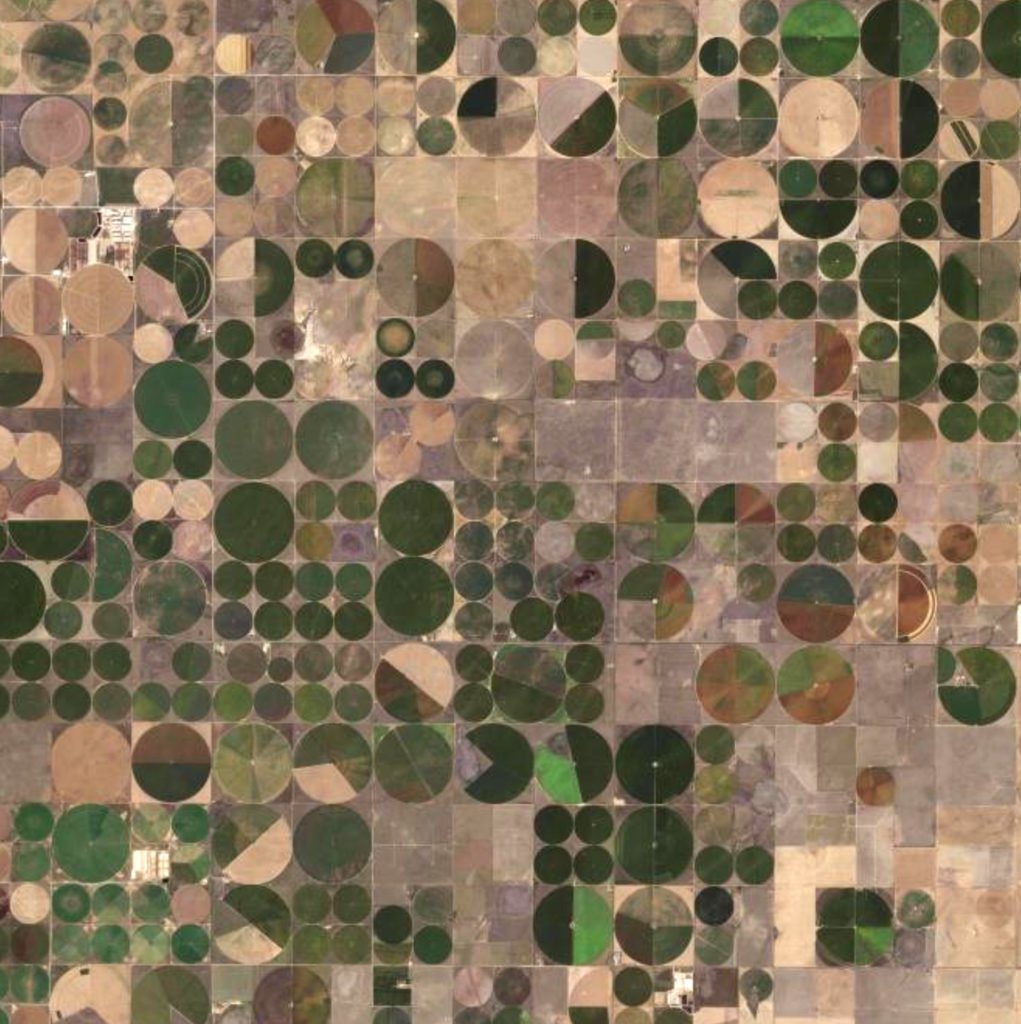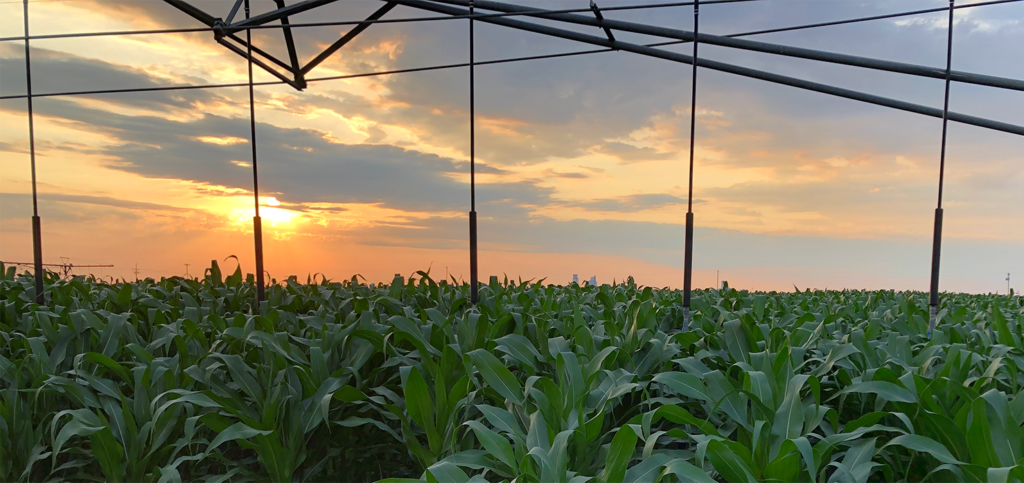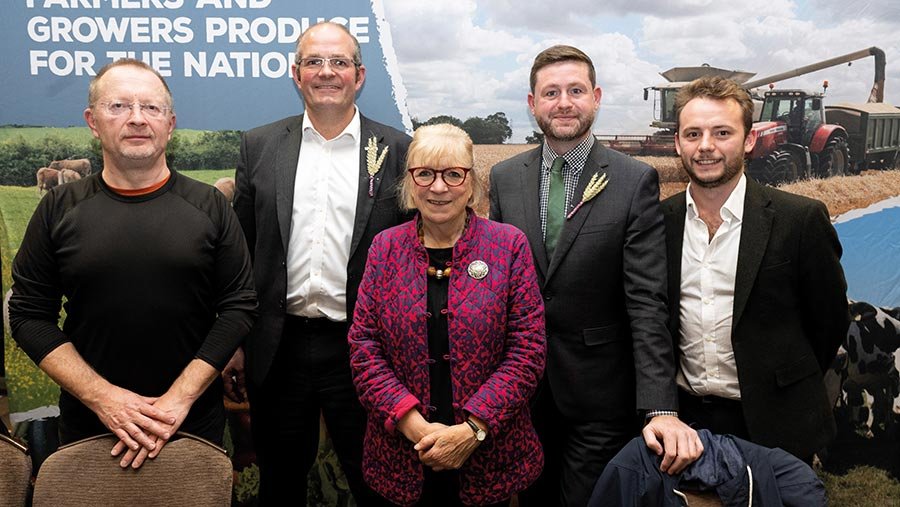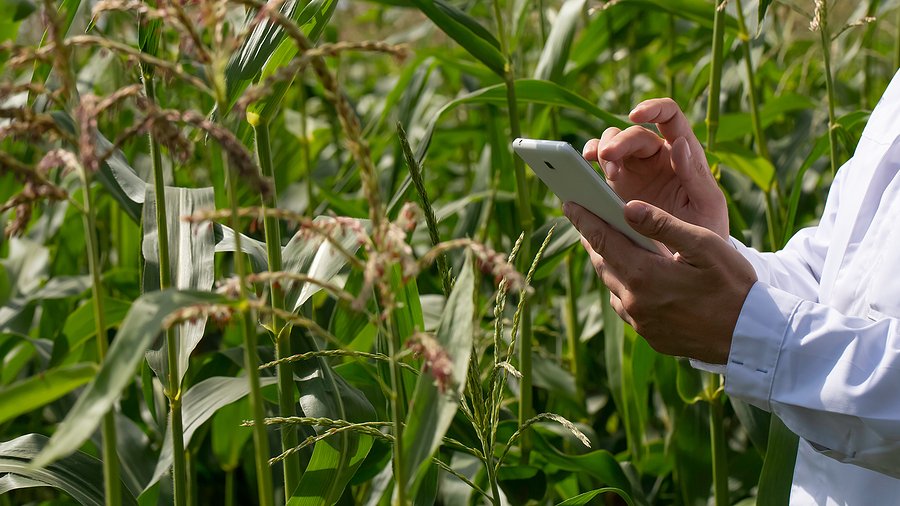Researchers have adapted a crop model for use in the Texas High Plains to simulate crop water use and corn yield that can help producers adjust center-pivot irrigation strategies and maximize profitability with limited water.
The project is a collaborative work between the U.S. Department of Agriculture’s Agricultural Research Service, ARS, Soil and Water Management Research-Bushland; West Texas A&M University in Canyon, Texas A&M AgriLife in Amarillo and the University of Castilla-La Mancha, UCLM, in Spain.
“Results from this adapted model allow producers to evaluate how best to allocate the limited water that is available to a fraction of the land area under the pivot that, over the long term, maximizes profitability and utilizes water resources more efficiently,” said Robert Schwartz, Ph.D., USDA-ARS soil scientist at Bushland.
“Some scenarios in the study even demonstrated that profitability could be maximized by irrigating a fraction of the area but using less water compared to irrigating the full pivot circle, thereby conserving groundwater for future use,” he said.
Joining Schwartz on the U.S.-based team are Paul Colaizzi, Ph.D., research agriculture engineer, and Louis Baumhardt, Ph.D., research soil scientist, both with ARS-Bushland; Jourdan Bell, Ph.D., Texas A&M AgriLife Extension Service agronomist, Amarillo; and Bridget Guerrero, Ph.D., associate professor of agricultural business and economics, West Texas A&M. Leading the UCLM efforts are agricultural engineers Alfonso Dominguez, Ph.D., and Jose Pardo, Ph.D.
This research was supported in part by the Ogallala Aquifer Program, a consortium of USDA ARS, Kansas State University, Texas A&M AgriLife Research, AgriLife Extension, Texas Tech University and West Texas A&M.
Limited groundwater, extreme drought
Crop producers in this semi-arid region of the Texas High Plains largely depend on groundwater irrigation. Each season, crop producers in the region evaluate how much land area could be irrigated under the pivot with limited water.

“As groundwater continues to decline, reducing the irrigated area allows producers to increase the irrigation capacity per irrigated acre rather than irrigating a larger area at a deficit,” Bell said.
But addressing this is not straightforward, because producer decisions to reduce the irrigated areas influences grain yield, input costs and the timing of the irrigation applications.
Uncertain weather patterns also impact this decision, Bell said. In a drought year, producers may need to reduce the irrigated area more than in a wet year.
“This model is timely for producers making decisions for the 2022 production season,” she said, adding the Texas High Plains is currently in an extreme drought.
Strategizing to improve efficiency
To help producers with these decisions, the researchers completed a study that used 25 years of climatic data to simulate corn production. They used a range of irrigation capacities, the maximum amount of water that can be delivered to an irrigated acre in a day, to evaluate water allocation strategies that could increase profitability and improve the efficient use of water.
Many crop producers in the Texas High Plains irrigate crops using a center-pivot system. This system often needs five or more days to complete a single revolution around the field, depending on irrigation capacity.
When evaluating strategies to maximize profit under limited irrigation, the study considered irrigation well capacities and the center pivot travel time, as these factors influence how much water can be applied and the end-of-season yield.
“The model also considers preplant soil moisture, preseason irrigation, soil water holding capacity, and the system flow capacity as well as annual drawdown, which impacts the amount of irrigation a producer can provide later in the season,” Bell said.
Maximum profitability considering capacities
Models are a great way to evaluate how producers’ decisions will impact their bottom line, Guerrero said. This study included the economic factors of expected returns and costs and how those change with producers’ choices about how many acres to plant to certain crops and what amount of water to apply.

“This brings to light the differences in net return that can be achieved with different management choices before money is actually spent, ultimately reducing producer risk,” she said.
The model showed that for irrigation capacities representative of the region — 5.2 gallons per minute per acre — and a growing season with average rainfall, maximum profitability was achieved by irrigating about 75% of entire pivot area with the remaining area in fallow or unplanted field or dryland cotton.
Concentrating water generated greater net returns because of lower seed and fertilizer costs and greater corn yields, which increased the productivity per unit of water applied and compensated for lack of production in fallow areas, Bell said. In years with seasonal drought, the irrigated area would need to be further constrained to avoid crop failure and maximize profits.
“This model is unique in that it also considered the productivity of the dryland beyond leaving it fallow,” she said. “When we concentrate irrigation, we are expanding the dryland acres, and better management of dryland acres is increasingly important to maintain the overall farm profitability.”
The model showed that planting cotton on the dryland acres increased the system profitability except in drought years.
“This study has demonstrated that the crop water use model MOPECO can be adapted to many different scenarios and is a useful tool for improving the environmental and economic sustainability of agricultural systems where water is limiting,” Domínguez said.
The MOPECO model is a tool for identifying optimal production plans and water irrigation management strategies. The model estimates crop yield, production and gross margin as a function of the irrigation depth.
“A simplified version of this model is being tested in many semi-arid areas of the Mediterranean basin and the Americas with the objective of making it available to the farm sector through an online platform,” Dominguez said.
-30-
The original article written by Maribel.Alonso@usda.gov can be found on the Agricultural Research Service’s website.












